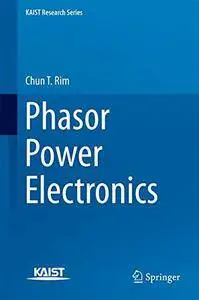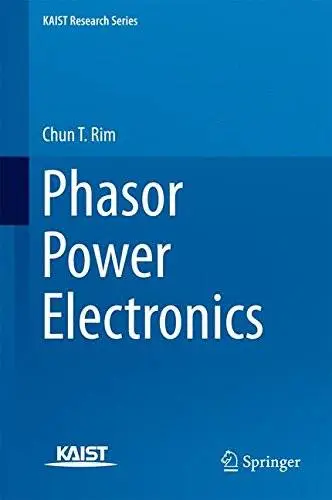Phasor Power Electronics
Springer | Engineering | April 30 2016 | ISBN-10: 9811005354 | 249 pages | pdf | 10.64 mb
Springer | Engineering | April 30 2016 | ISBN-10: 9811005354 | 249 pages | pdf | 10.64 mb
Authors: Rim, Chun T.
KAIST Research Series
Describes the phasor transformation technique employed in the analysis and design of power electronic circuits
Unifies the understanding of single/multiple phase AC and resonant converters by phasor transformations
Shows how to find static and dynamic responses of any converters without cumbersome calculations
This book presents a comprehensive introduction to the principles of power electronics, focusing on the switched transformer concept and phasor transformation techniques as employed in the analysis and design of power electronic circuits. Phasor transformations, as introduced in this book, make the time-varying nature of a switching converter simple and easy to handle, transforming it into an equivalent time-invariant circuit.
The book starts with an introduction to the philosophy and fundamental principles of power electronics. The switched transformer concept, which is applicable to any switching converter, is introduced, and it is shown how DC-DC converters analyses are then so straightforward that very little equational manipulation is needed. Then the phasor transformation techniques are comprehensively explained over three parts. Single phase and multi-phase AC systems are dealt with through the single phase phasor transformation and circuit DQ transformation, respectively. A general unified phasor transformation is then introduced for the static and dynamic cases. The final part of the book considers current and potential extensions of the technique in various fields of application, including wireless power transfer, signal processing, power systems and renewable energy.
The book avoids the piece-wise linear circuit models used in other titles, with which the mathematical results become too complicated to be used in practice. No cumbersome equations or matrix manipulations are needed with the phasor transformation techniques introduced in this book. It will be a valuable reference source for engineering students and practising researchers in power electronics and related areas.
Number of Illustrations and Tables
139 b/w illustrations, 54 illustrations in colour
Topics
Power Electronics, Electrical Machines and Networks
Circuits and Systems
Renewable and Green Energy
Click Here to Buy the Hardcover from Springer
Click Here for More books



